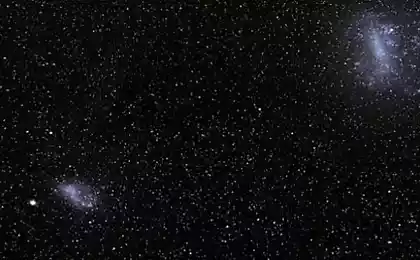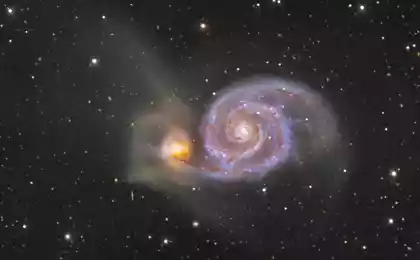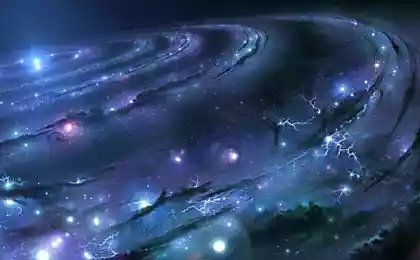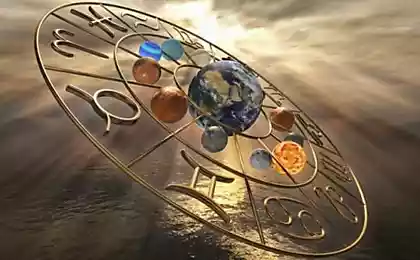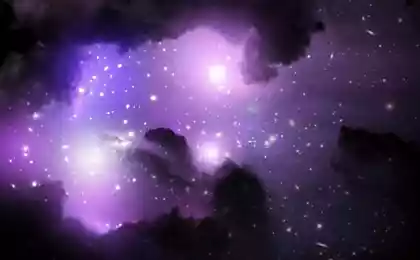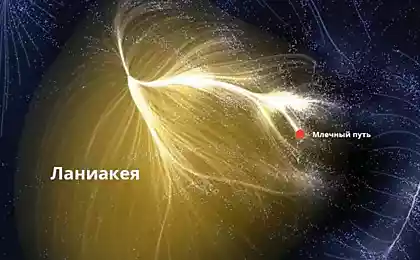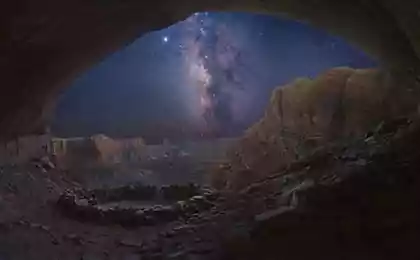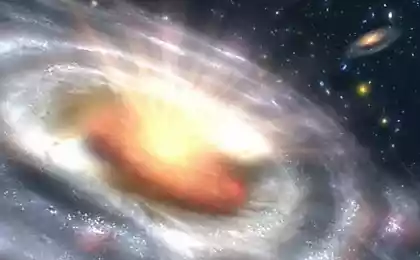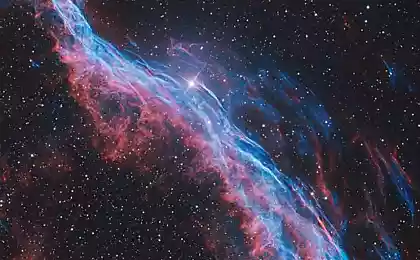939
Scientists have revealed a new "map" of our galaxy
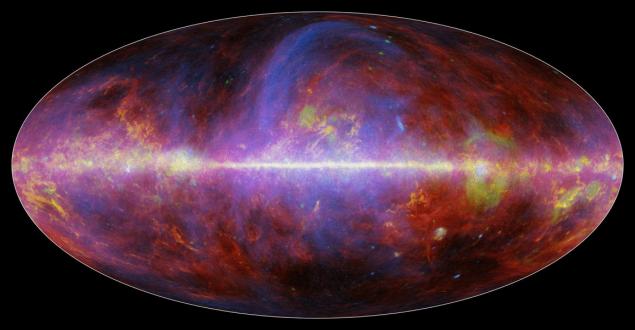
Recently, astronomers released a new image the "anatomy" of our home galaxy the milky Way. In the above and below images shows the distribution of gas, charged particles, and cosmic dust in our cosmic home. Astronomers from NASA, as well as their colleagues from the European space Agency, which jointly created a new image of the milky Way call new map of our galaxy, or, better to say, incredibly colorful portrait.
As explained by experts, red on the images allocated space dust emitting thermal glow. Yellow color in the image shows the distribution of carbon monoxide, which is concentrated along the plane of the milky Way, gathering in dense clouds of gas and dust that eventually formed into new stars.
Blue displayed magnitoturbotron (or synchrotron) radiation is produced when fast-moving electrons ejected as a result of the formation of supernovae or other cosmic energetic phenomena, are captured by the magnetic field of the galaxy. Behind the magnetic field, these electrons move in a spiral almost the speed of light.
The green color shows a different type of radiation, called free-free radiation. It is produced when individual electrons and protons are very close by each other, nearly colliding, slowed down, but still continue its motion. Free-free emission is especially true for places with a hot ionized gas, wandering next to the biggest stars.
The stitched image was obtained using the space Observatory "Planck satellite of the European space Agency. It consists of observations at microwave and millimeter wavelengths, invisible to the human eye.
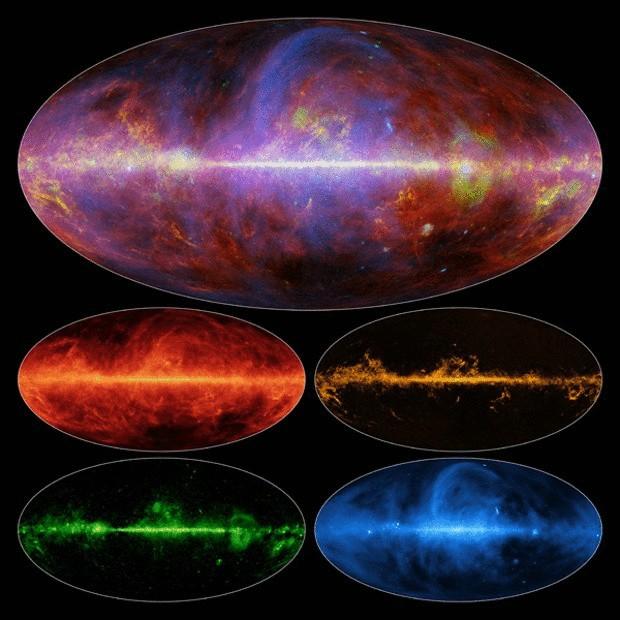
The main goal of the space mission "Planck" is to examine everything connected with our Universe, from its age and composition to how it appeared and how it developed over time. Almost five years of being in outer space the unit was conducting surveillance of the oldest light in our Universe, which took several billion years for it to reach us. The complexity of the study of the ancient the light is that is on its way it encounters and mixes with light waves more closely spaced sources within our milky Way and nearby galaxies. Scientists in this case are trying very carefully to weed out the wheat from the chaff" proofreading the light of the milky Way to the end to separate the signals of the primordial light.
Source: hi-news.ru
Deadly immunity, or why an increasing number of children with autism
Creative ideas for decorating and garden plots
